This year’s 2023 International Women’s Day theme is “Embrace Equity,” a call to action to spur discussion on equity vs. equality and how it is only through equity that that we can create a truly more inclusive world. One...
This year’s 2023 International Women’s Day theme is “Embrace Equity,” a call to action to spur discussion on equity vs. equality and how it is only through equity that that we can create a truly more inclusive world. One that acknowledges the current inequalities and what changes and resources are needed to move closer to the goal of equity where everyone has an opportunity for success even with different starting circumstances.
Companies, governments, and communities play a crucial role in creating this more equitable world through deliberate change and actions to more inclusively ensure that women and marginalized groups have access to resources, support and opportunity. The tourism sector is certainly no exception.
Equity vs. Equality: Why the Difference Matters
In fact, the tourism sector is in a good and unique position to act on the #EmbraceEquity campaign call from the official International Women's Day website. One of the goals of the this year's campaign theme is to get people talking about “Why equal opportunities aren't enough.”
People start from different places, so true inclusion and belonging require equitable action.
When we embrace equity, we embrace diversity, and we embrace inclusion.
We embrace equity to forge harmony and unity, and to help drive success for all.
Equality is the goal, and equity is the means to get there.
Through the process of equity, we can reach equality.“
Before we move on, it's important to understand the difference between the words equality and equity as they are often used incorrectly as synonyms. This IWD page does a good job breaking this down and providing examples of equity vs. equality.
“Equality means each individual or group of people is given the same resources or opportunities.”
“Equity recognizes that each person has different circumstances, and allocates the exact resources and opportunities needed to reach an equal outcome.”
In other words, in order to make our inequitable world more equitable, we need to acknowledge that a one-size-fits-all equal approach for everyone will not work to lift everyone up to a desired level of equality and success. For example, an equality approach might be to provide laptops to all students in the world without acknowledging that the lack of electricity and internet in many parts of the world will make those laptops obsolete and without desired results. An equity approach would aim to address the problems around access to electricity, internet, digital literacy and other circumstances that might prevent students from achieving success with the provided laptop.
Travel and Equity
In an ideal form, travel is all about celebrating diversity, valuing differences, breaking down stereotypes and bias, engaging local communities, and making places better for local people to live. At least that's the goal for many people who work in tourism, and something that much mindful and sustainable travel achieves. We know, however, that sadly not all tourism and travelers live up to this ideal.
Rebuilding the tourism sector, deliberately pursuing greater participation from women and greater social impact is a way to get closer to this ideal. This inclusiveness promises not only to strengthen the sector and make it more resilient, but it will also help construct deeper and more transformative travel experiences for travelers that are closer to that ideal above.
With the landscape in mind, this article offers some specific ideas and mechanisms that tourism and travel can apply to empower women, support women entrepreneurs and businesses, and actively invest in communities to do so. Through all this, the travel sector can #EmbraceEquity and deliberately work towards making a more equitable and inclusive world.
Women in Tourism Before the Pandemic
Prior to the pandemic, women accounted for 54% of the tourism sector’s employment worldwide. On one level, this statistic can be interpreted as an achievement, a foundational step toward opportunity and access for women.
However, according to research done by the UNWTO, most of those jobs are concentrated in the least powerful, lowest-skilled and lowest paid positions. Only around 19-25% of leadership and C-suite levels are filled by women. This implies that women are often hired only for low level jobs and especially for those participating in the informal economy, the remain the most at risk of job loss and displacement from economic shocks like the pandemic.
As the tourism sector rebuilds its challenge is not only to focus on greater involvement of women as part of the workforce, but as partners and leaders. And if we think of this year's theme of equity, to provide the needed resources and opportunities in that local context for women and marginalized groups to be successful.
Why Investing in Women Matters
Investing in women is an investment in our communities and future generations.
Kiva, a microfinance organization which lends money low-income entrepreneurs around the world, found that women reinvest 80% of the income they earn into the education and wellbeing of children. Other research from the United Nations indicates that women-led economic empowerment leads to more gender equality and rights, economic growth, increased rates of girls education, and other community indicators of well-being.
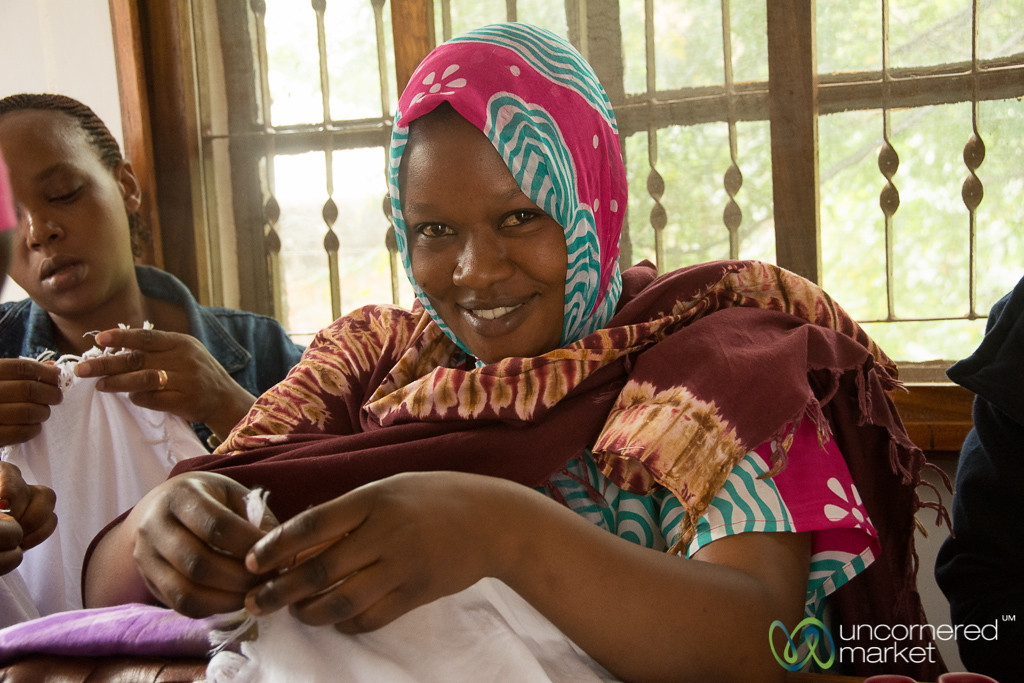 Moshi Mamas provides business and skills training to women, as well as market access for handicrafts.
Moshi Mamas provides business and skills training to women, as well as market access for handicrafts.
We've seen this play out in our projects repeatedly over the the last 10+ years, whether working with microfinance or tourism organizations.
Shoshe, who had received business training and market access for her handicrafts through a program in Moshi, Tanzania, explained this concept above in personal terms: “I want to break the cycle for my daughter. I want to prove women can work and earn money.”
Alessandra Alonso from Women in Travel explained during a G Adventures Retravel panel on the topic of women in tourism: “For us, economic empowerment is the beginning of everything. Because when a woman earns, then the kids get educated, the extended family eats and the whole community is much better off.”
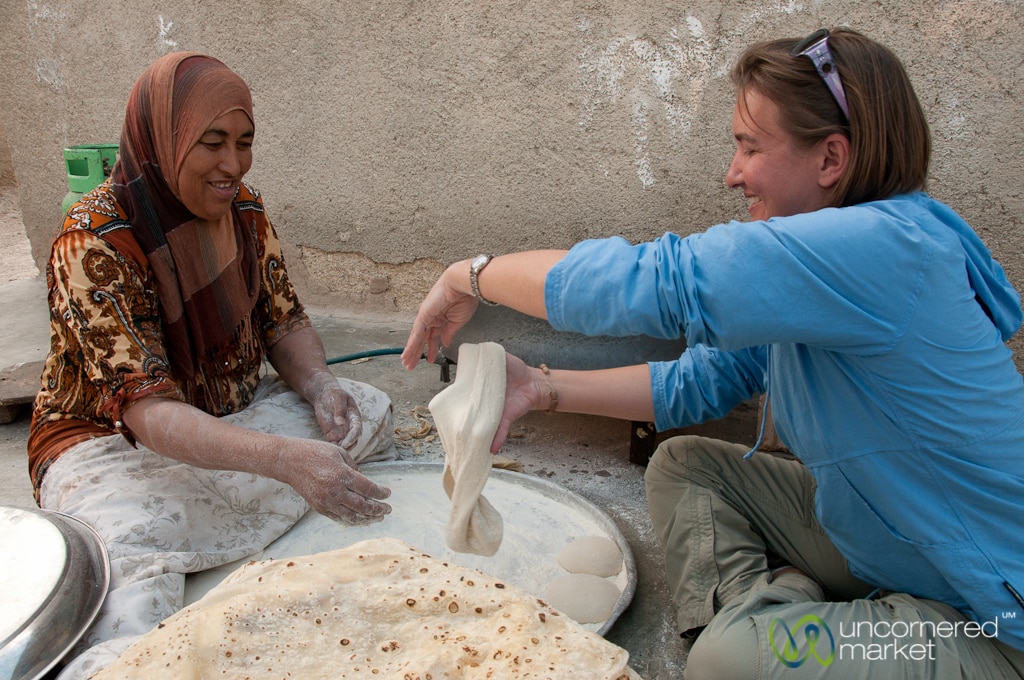 Learning to Make Shrak, traditional Jordanian bread, with women from a Zikra Initiative social enterprise.
Learning to Make Shrak, traditional Jordanian bread, with women from a Zikra Initiative social enterprise.
The Business Case for Inclusive Work Forces
In addition, investment in women and inclusive work forces makes good business sense. Studies show companies that exhibit higher levels of gender diversity, especially at the executive level, usually outperform those without in terms of economic profit. One of the reasons is that men and women often display different leadership styles. The expression of diverse opinions and perspectives generates collective intelligence and can often result in more creative solutions and more effective problem solving.
The business rationale is there on the consumer side, too. In tourism and travel, it’s estimated that women consumers make 70-80% of the travel decisions. Women travelers comprise a growing percentage of the entire traveling community. A company’s capability – aided by workplace diversity — to comprehend and process the needs of its current and prospective customers seems a no-brainer.
How Tourism Can Better Invest in Women
Here are a few practical ways that travel and tourism can better invest in women and support empowerment, women businesses and leadership as the sector emerges after the pandemic and other crises.
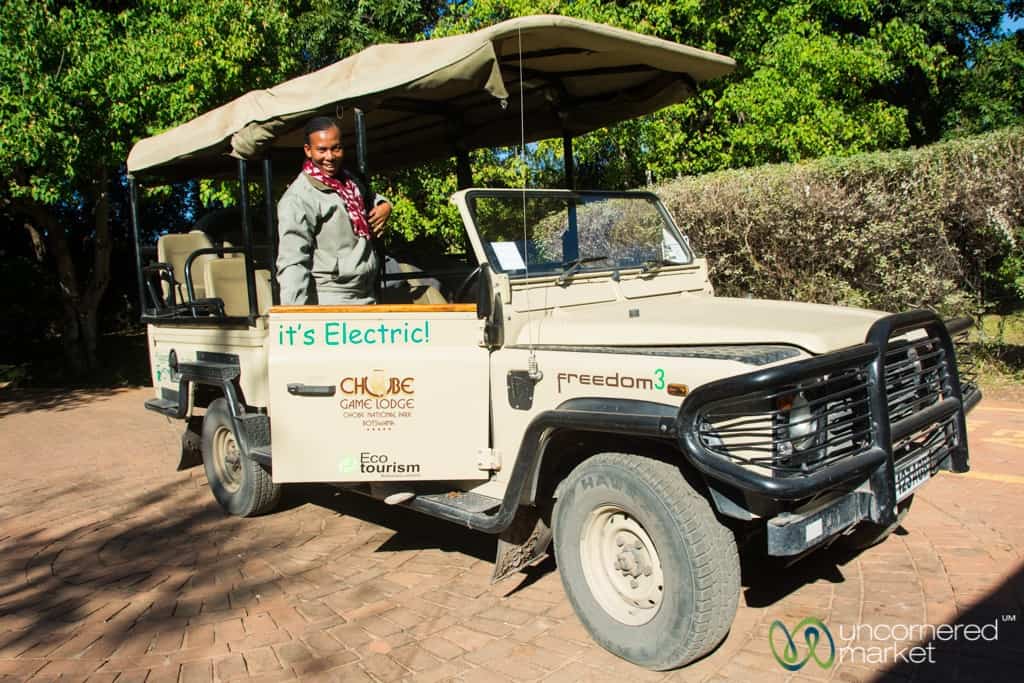 Lynn, part of the all-women guiding team at Chobe Game Lodge, with her fully-electric Land Cruiser.
Lynn, part of the all-women guiding team at Chobe Game Lodge, with her fully-electric Land Cruiser.
For those of us in tourism, we know that it can create opportunity and jobs, thereby enhancing lives and livelihoods. It can take transferable skills and embed them for use in the formal economy.
As we celebrate International Women’s Day, we need to move from words and inspiration on one day of the year to deliberate and continual action which supports and empowers women every day.
Should the tourism sector rise to “Embrace Equity,” women will be provided with the resources and support they need to take the driver’s seat on the journey to create a more inclusive and equitable future for all of us.
The post How Tourism Can Better Invest in Women appeared first on Uncornered Market.






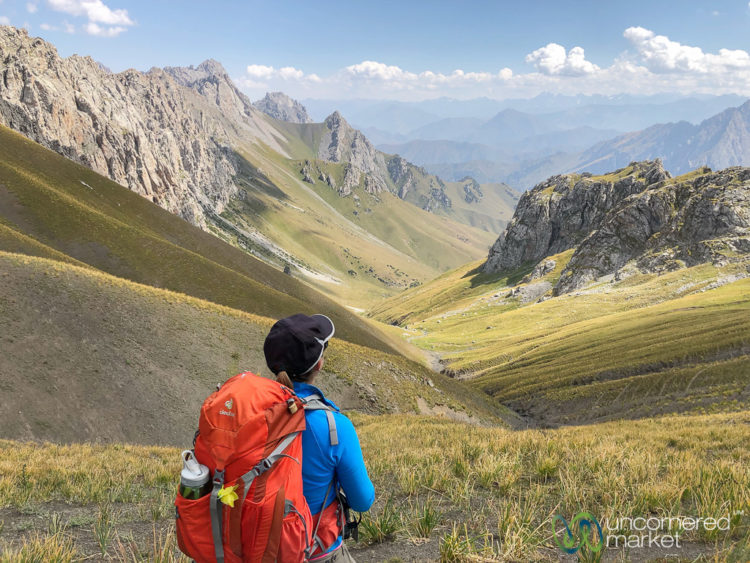
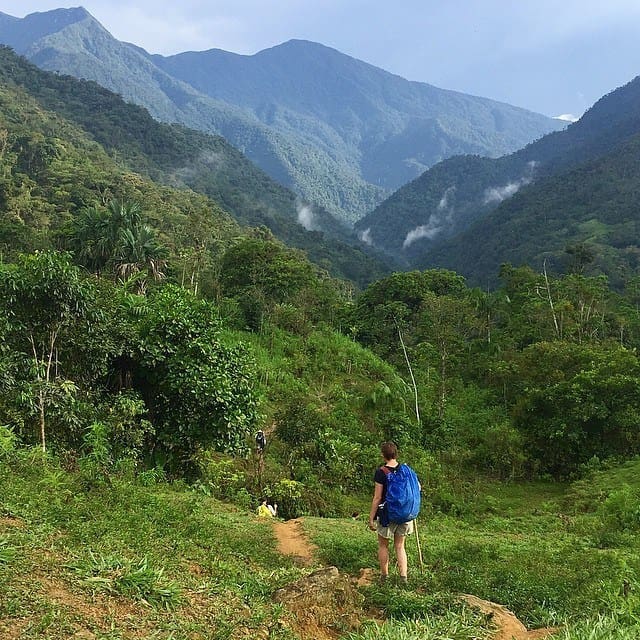

![Berlin Christmas Markets: The Ultimate Guide [Updated 2022]](https://uncorneredmarket.com/wp-content/uploads/2017/10/Berlin_Christmas_Markets_Gendarmenmarkt.jpg)




